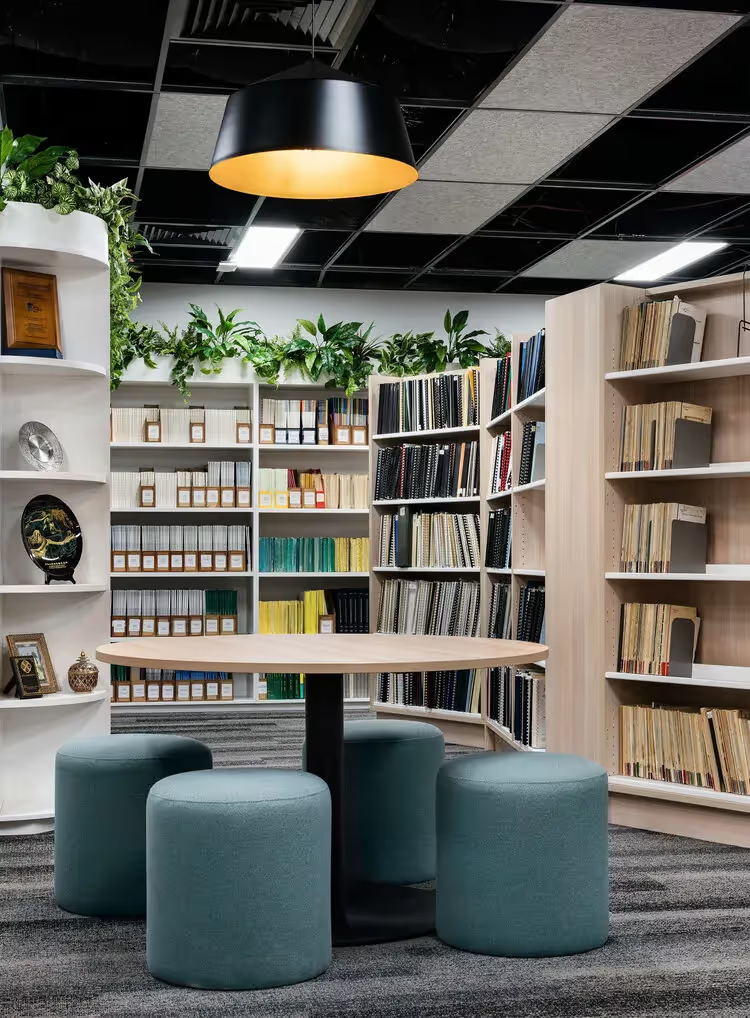The existing gap between platforms and trains at railway stations across Australia presents various risks and hazards for all passengers. The gap which often varies in vertical and horizontal lengths based on different train stations, poses an amplified risk for people with disabilities (PWDs), mobility device users, elderly and young children. While a manual ramp is used to close the gap, the current solution is time consuming and presents an in-efficient solution that prevents railway stations from becoming safer and more accessible for all passengers.
To change this, a collaboration project between La Trobe University’s Centre for Technology Infusion (CTI), iMOVE Australia, the National Transportation Research Organisation (NTRO) and ROFRAUS Engineering Solutions was initiated to develop a prototype solution using a modular automated ramp that can be placed permanently on platforms or trains allowing safer accessibility for PWDs and mobility users.
The project team have developed two automated ramp prototypes using the latest mechanical engineering and computer design technologies. One ramp is designed to be placed permanently on the train platform and is operated by the passenger using two buttons to extend and retract the ramp. The second design is a ramp that extends and retracts from the train onto the platform when passengers are exiting and boarding the train carriage. Lived experience user trials and demonstrations of both prototypes were recently held at NTRO’s head office in Port Melbourne.
In attendance was Erik van Vulpen, Deputy Director at the Centre for Technology Infusion, La Trobe University who mentioned that the gap between trains and platforms is a long running problem that has not been solved.
“Train drivers need to bring a manual ramp out for passengers to use and once a month, somebody is injured pulling the ramp in front of the train door,” says Mr van Vulpen.
“This project aims to show that innovation for people with disabilities can lead to cutting edge experiences for everyone and motivate other operators to start looking at accessibility for people with disabilities as a spearhead innovation initiative that will benefit all users.”
Testing of the ramp prototypes are conducted working closely with PWDs in order to receive feedback and improve the design to maximised accessibility for all passengers. During the recent demonstration, participants shared their feedback on how they can see the future potential use of the ramps for their daily commute on public transport.
Frank, a regular user of public transport, speaks of the important of integrating the technology to allow for the independence of people with disability.
“It’s important that people with disabilities maintain an autonomous lifestyle. If we can integrate this technology into the train, it’s good for disabled people for their independence,” says Frank.
Jacqueline, who speaks of her reliance on public transport, emphasises the importance of safety for all users.
“This technology is very important because everyone needs to feel safe and have equal accessibility to the public transport system,” said Jacqueline.
Further testing of the ramp prototypes is being conducted by the project team who are continuing to work alongside PWDs in improving the design and functionally of the ramps, bringing the project one step closer to delivering an innovative automated solution for improved safety across railway stations in Australia.
This study is funded by the Australasian Centre for Rail Innovation (as part of the National Transport Research Organisation) and iMOVE Australia and supported by the Australian Federation of Disability Organisations (AFDO).





_3.jpg)







